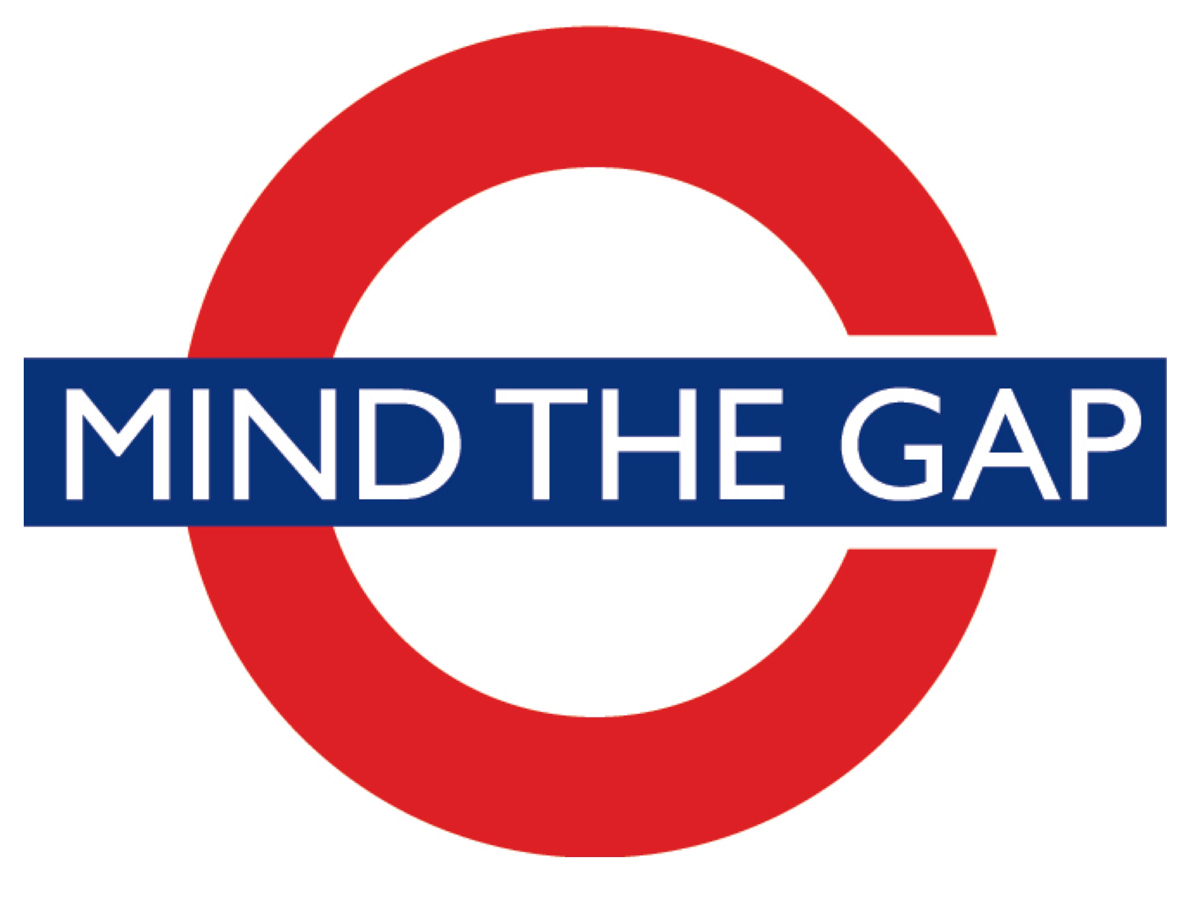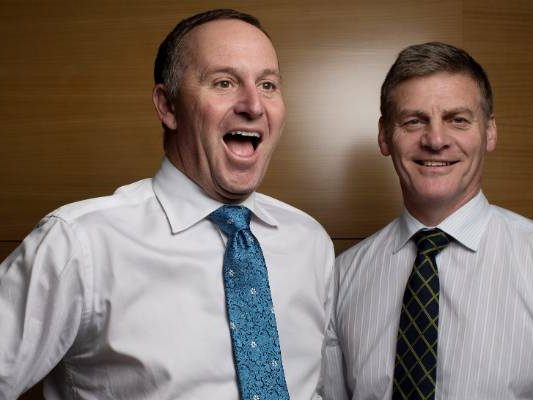Designing Change in the Public Sector

The Conversation* is a great source of reliable research and report. We’ve tried to distill some great insights from Te Herenga Waka-Victoria University Wellington academics – Senior Lecturer Barbara Allen, Professor Karl Lofgren, and Professor Michael Macauley – then linked them to how you design, operate, and navigate change could have a massive positive or negative impact on our public sector capability in the current environment. The findings in a nutshell:
- There’s no simple, direct correlation between job cuts and the public purse.
- Roles can be reclassified. We’re talking about contractors and consultants and the authors share some pretty clear evidence of FTE and salary and wage costs going in the opposite direction between 2007 and 2017.
- Speaking of reclassification what is “back-office spending” and what exactly are “back-room”, or “administrative” staff?
Who exactly are we talking about?
Legal, financial, and human resource professionals make up 5% of the total public service and clerical and administrative staff 9%. Organisation across the public sector will be grappling with how to reduce their expenditure by the 6.5% target set out in National’s hundred-day action plan.
To quote Barbara, Karl, and Michael:
“…no organisation, private or public, can operate without administrative support provided by office managers, accountants, call centre operators, cleaners and security staff, advisers and policy analysts.
There is a choice between keeping these functions in-house or outsourcing them. Either way, there is no point pretending they don’t exist.”


How do we design change?
The conversations Kāpuhipuhi Wellington Uni-Professional have with organisations to help align their plans and processes start with walking the path from strategic plans (what we want to achieve) to the processes and people required to achieve them. We then ask:
What are the obstacles are to implementing them?
Not surprisingly, across 2023 we have seen an increase in demand for our course Designing Operating Models. This course introduces the practical tools to design a fit-for-purpose operating model aligned to your strategy and to prioritise decision-making.
What about the customer or end-user of your product or services? Roger Tregear summarises it really well in his book Reimagining Management. Organisations exist to deliver value to customers and other stakeholders (your strategy) and you do this via a series of coordinated activities across business functions (your processes).
Mind the (development) gap
We’re now in our favourite space of learning & development. Your people are a vital part of the public sector capability delivering products and services to your customers. We can help ensure they have the tools and time they need through learning management, design, and delivery. Once your operating model is coming together we can work with you to map your competency and capacity requirements to identify the needs and gaps at an organisational level.
We hopefully all do this at the individual level when we look at our role description and work with our manager to put together professional development plan to upskill where needed. But are you doing this for your teams and the overall organisation?
When we do this well objectives and activities are then aligned from us as individuals through our teams and ultimately to the organisations goals.
The Challenge for our public sector
Aotearoa New Zealand has an incredible and well-deserved reputation for trust, transparency, and integrity in the public sector. People are motivated to work in this sector to contribute to society. Change – done poorly – will have a massive effect on this motivation and moral. Alternatively, change done well can be mana enhancing and nuture a reputation that has taken decades to build.
As always, reach our for a coffee to start the conversation if your organisation is just setting out on this journey or already underway.
The Conversation:
Operating alongside the university ecosystem we love reading the Conversation. In their own words:
“The Conversation is a unique collaboration between academics and journalists. It is the world’s leading publisher of research-based news and analysis.”
Find more programmes that we offer
Contact usWe customise specific programmes for many New Zealand organisations – from short ‘in-house’ courses for employee groups, to executive education, or creating workshops within your existing programmes or events.